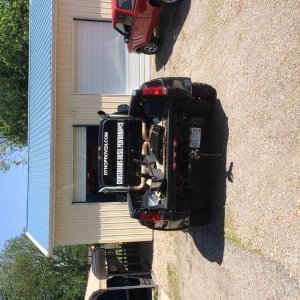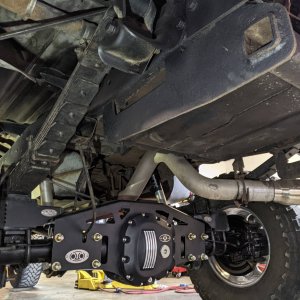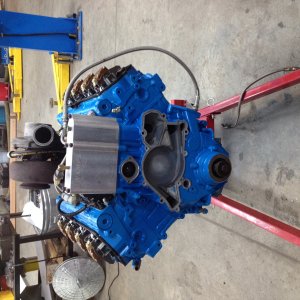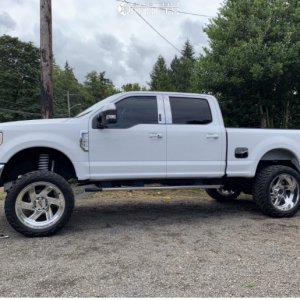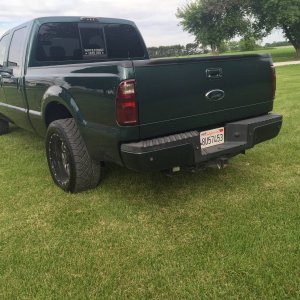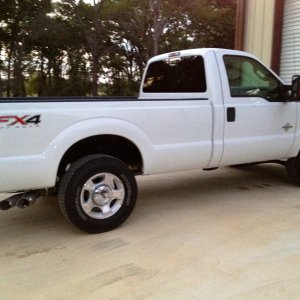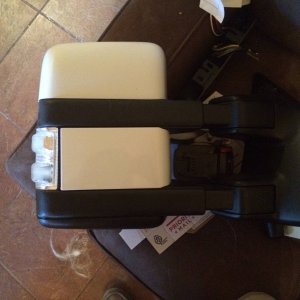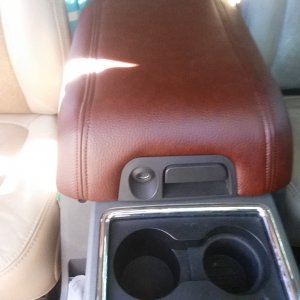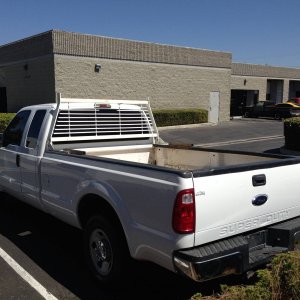You are using an out of date browser. It may not display this or other websites correctly.
You should upgrade or use an alternative browser.
You should upgrade or use an alternative browser.
Block Modifications?
- Thread starter Viking
- Start date
Powerstroked162
On Da Juice
Hardblok fill is common amongst high HP builds. Couple that with a good machine job and a bedposts or main cap girdle and you've got yourself a pretty solid foundation
Hardblok fill is common amongst high HP builds. Couple that with a good machine job and a bedposts or main cap girdle and you've got yourself a pretty solid foundation
See a good machine job is something I need to find. The guys I have gotten other jobs done from don't do a lot of diesels and zero cummins. I hope I can find a place locally.
Blowby
Active member
- Joined
- May 22, 2011
- Messages
- 1,532
- Reaction score
- 0
Where are you located?
1) Cryo
2) Cement
3) Quality machine work
4) Proper tolerances during assembly
That's all it takes for a well built block on the 7.3.
1) Cryo
2) Cement
3) Quality machine work
4) Proper tolerances during assembly
That's all it takes for a well built block on the 7.3.
Where are you located?
1) Cryo
2) Cement
3) Quality machine work
4) Proper tolerances during assembly
That's all it takes for a well built block on the 7.3.
Im in northern Minnesota
Big Bore
Active member
Where are you located?
1) Cryo
2) Cement
3) Quality machine work
4) Proper tolerances during assembly
That's all it takes for a well built block on the 7.3.
No girdle/bedplate?
Ok, that 3D graph you have on loop has piqued my curiosity.
Powerstroked162
On Da Juice
Where are you located?
1) Cryo
2) Cement
3) Quality machine work
4) Proper tolerances during assembly
That's all it takes for a well built block on the 7.3.
I forgot that Zane cryo'd my block. Good call, Mike
TrailerHauler
Active member
No girdle/bedplate?
Ok, that 3D graph you have on loop has piqued my curiosity.
I would think it would be one or the other, cement, or bedplate/ girdle with each having different benefits.
Powerstroked162
On Da Juice
I would think it would be one or the other, cement, or bedplate/ girdle with each having different benefits.
Mike's motor is just like mine. Cement, girdle, proper tolerances, quality machine work, and cryo treatment.
Cement and a girdle/bedplate are pretty much the norm for any hp build
Big Bore
Active member
Mike's motor is just like mine. Cement, girdle, proper tolerances, quality machine work, and cryo treatment.
Cement and a girdle/bedplate are pretty much the norm for any hp build
Is the cryo done before or after all the machine work, crete, bedplate and cylinders final honed?
Is the cryo done before or after all the machine work, crete, bedplate and cylinders final honed?
I'd say before any MAJOR machining let some rough stuff get done. After cryo it will be very hard to machine.
Hotrodtractor
Moderator
If I can manage to enough money for a girdle, is cement (hard block) still recommended? For 550 hp?
Yes I still recommend a block filler - it greatly stiffens the bottom end and has not proven to be any issues with a partial fill and day to day use including towing.
I also have to say there are better block fillers out there than "Hardblock" take a look at some of the two part polymer block fillers that almost resemble epoxy. As the engine block heats and cools and flexes under power cement will break away from the walls and then you will just have a block with cement in it. The polymer fills adhere to the block and you will rip chunks out of the block before it lets go - its a much stronger setup when finished.
Big Bore
Active member
Yes I still recommend a block filler - it greatly stiffens the bottom end and has not proven to be any issues with a partial fill and day to day use including towing.
I'm interested in this, how far from the deck is a good partial fill that will still allow heavy towing?
PowerstrokeJunkie
Active member
manufactured by hardblok. A "half-fill" bucket will get you just 2-3" of fill in the bottom of the water jackets, a full fill in my case got me about 2" from the deck height.
Powerstroked162
On Da Juice
Is the cryo done before or after all the machine work, crete, bedplate and cylinders final honed?
I am not Zane, you would have to call and ask him. I do see what you're getting at. Hunt elsewhere
My engine is filled about an 1.5" from the deck. Works great
Yes I still recommend a block filler - it greatly stiffens the bottom end and has not proven to be any issues with a partial fill and day to day use including towing.
I also have to say there are better block fillers out there than "Hardblock" take a look at some of the two part polymer block fillers that almost resemble epoxy. As the engine block heats and cools and flexes under power cement will break away from the walls and then you will just have a block with cement in it. The polymer fills adhere to the block and you will rip chunks out of the block before it lets go - its a much stronger setup when finished.
HRT,
I have been considering what to use and had at first settled on a polymer for the reasons you mention. I since then have been looking at and thinking that
Metalic-Aggregate Grout specifically Embeco 885 or 636. Looking at the expansion rates they seem to very closely mimic our iron blocks. I thought that since they are used as heavy machinery mounting grouts you would have some experience or tech on them.
The reason I actually started looking into the grouts was that from what I had read at least some of the epoxys got flexible or more pliable at higher engine temps and that it did not expand while curing like a the above grouts do thus not giving it as much "lock-in" when it cures.
When I was trying to draw a consensus on what was working the best it seemed it was all across the board. Some swearing by hardblock other s the grouts some epoxys or even what ever plain old hydraulic cement you could pick up at the industrial store.
Whats your opinion on sleeving all the cylinders for added strength and rigidity? If it were done correctly it would seem it would work well but I have no practical expeirnce with it outside use for cylinder repair.
Big Bore
Active member
Whats your opinion on sleeving all the cylinders for added strength and rigidity? If it were done correctly it would seem it would work well but I have no practical expeirnce with it outside use for cylinder repair.
Are you talking about just re-sleeving? I know you asked HRT, hope you don't mind me chiming in. I'm re-sleeving the block I'm building after a conversation with Lott convinced me it's the right way to do things because of the chance of pinholes due to lack of proper coolant maintenance. Just wondering if you are suggesting a thicker sleeve?
Hotrodtractor
Moderator
HRT,
I have been considering what to use and had at first settled on a polymer for the reasons you mention. I since then have been looking at and thinking that
Metalic-Aggregate Grout specifically Embeco 885 or 636. Looking at the expansion rates they seem to very closely mimic our iron blocks. I thought that since they are used as heavy machinery mounting grouts you would have some experience or tech on them.
The reason I actually started looking into the grouts was that from what I had read at least some of the epoxys got flexible or more pliable at higher engine temps and that it did not expand while curing like a the above grouts do thus not giving it as much "lock-in" when it cures.
When I was trying to draw a consensus on what was working the best it seemed it was all across the board. Some swearing by hardblock other s the grouts some epoxys or even what ever plain old hydraulic cement you could pick up at the industrial store.
Whats your opinion on sleeving all the cylinders for added strength and rigidity? If it were done correctly it would seem it would work well but I have no practical expeirnce with it outside use for cylinder repair.
I need to look up the name on the filler I was specifically reccomended - but I was told that its expansion rate was nearly identical to that of cast iron - since I trusted the source I never bothered to confirm.
I have mixed experiences with sleeving engines - I can't say that I would go out and sleeve a perfectly good block with the intentions that it will be stronger - but I am also not opposed to the process for bore repair as well as taking care of any coolant cavitation that might have taken place.


